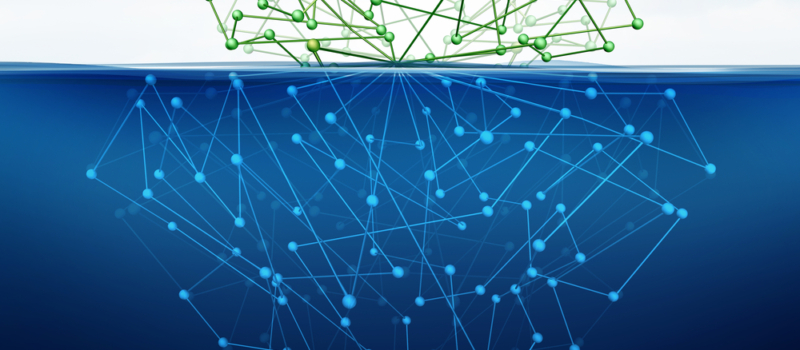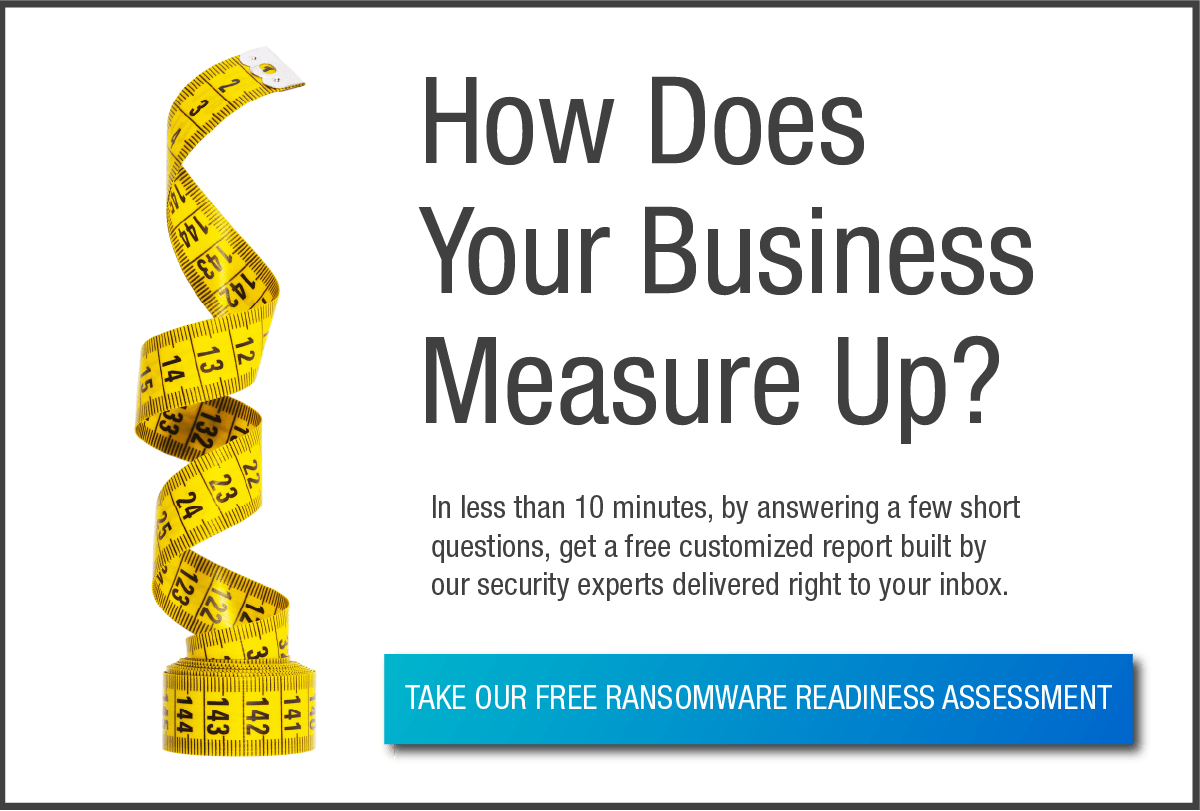When non-IT people talk about “the dark web,” it’s often in hushed tones with dramatic pauses. Alternatively, for more technical types, the dark web may be another area to monitor in the never-ending quest for data security. So what is the dark web, really? A den of iniquity or a line item in an IT security maintenance checklist?
Practically, the dark web is a part of the internet that isn’t indexed by search engines. This means that a Google search won’t pull up any results from that area, but you can access dark web content anonymously using special browsers like Tor or I2P.
There are a whole host of illicit activities within the dark web. These include gun and drug sales, illegal gambling, and deals involving stolen data and financial information. However, there are also legitimate (and legal) sites within, including social media, forums, and even company and political websites that take advantage of the dark web’s privacy.
That doesn’t change the fact that cyberattacks are on the rise. Stolen data often ends up on the dark web, which is why many organizations are adding dark web monitoring to their data security toolbox.
What is dark web monitoring?
One of the scariest things about cybercrime is the time it takes for attackers to be detected by security. Dark web monitoring can help reduce this lag time by alerting IT that a company’s data has been compromised.
Dark web scans use a combination of people power and artificial intelligence to monitor chat rooms, blogs, forums, private networks, and other sites criminals are known to frequent.
What are the three benefits of a dark web scan?
There are three main ways dark web monitoring can help you improve data security:
1. Discover whether your organization has been compromised.
This is the most direct use for dark web scanning. IT scans the dark web looking for stolen customer lists or data, employee login credentials, and the business’s email domains and IP addresses.
This information on the dark web shows that a breach has occurred or is in progress.
2. Assess your current level of risk.
If your company’s data is on the dark web, you know cybercriminals have an “in.” This information is useful, but on its own, it doesn’t give you specifics about the breach.
For example, attackers could have stolen the data during a ransomware attack. The data breach could result from human error, or it could stem from weak security policies that include shared passwords, abandoned accounts, or unsecured VPN access.
3. Create an action plan for securing data.
Of the three main benefits of dark web monitoring, this one provides the most lasting impact.
Once the dark web scan identifies that a breach has occurred and what data was stolen, IT can pinpoint the infected systems, locate the source, and patch the vulnerability. Once the hole is closed, it’s time to implement an action plan to prevent future breaches.
Make dark web monitoring part of your comprehensive cybersecurity strategy.
The most effective way to defend your organization against threats — whether cyber, human, or natural — is taking a holistic approach to data protection. By combining the latest cybersecurity technology with a comprehensive disaster recovery strategy and frequent security awareness training, businesses become highly resilient against data loss and disruptions.
Dark web monitoring can play a huge role in this data security strategy by identifying and reducing risk, detecting data breaches early, and protecting sensitive company data and intellectual property.
Let the security experts at IT Weapons walk you through a dark web scan so we can help you assess your current level of risk, discover if your business is or has been compromised, and create an action plan to future-proof your data security.






